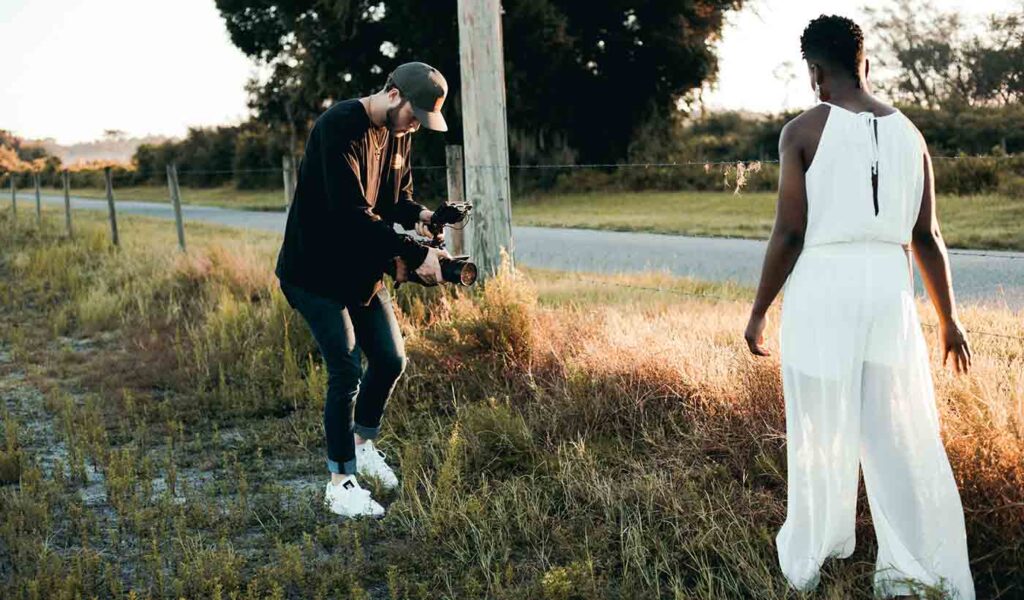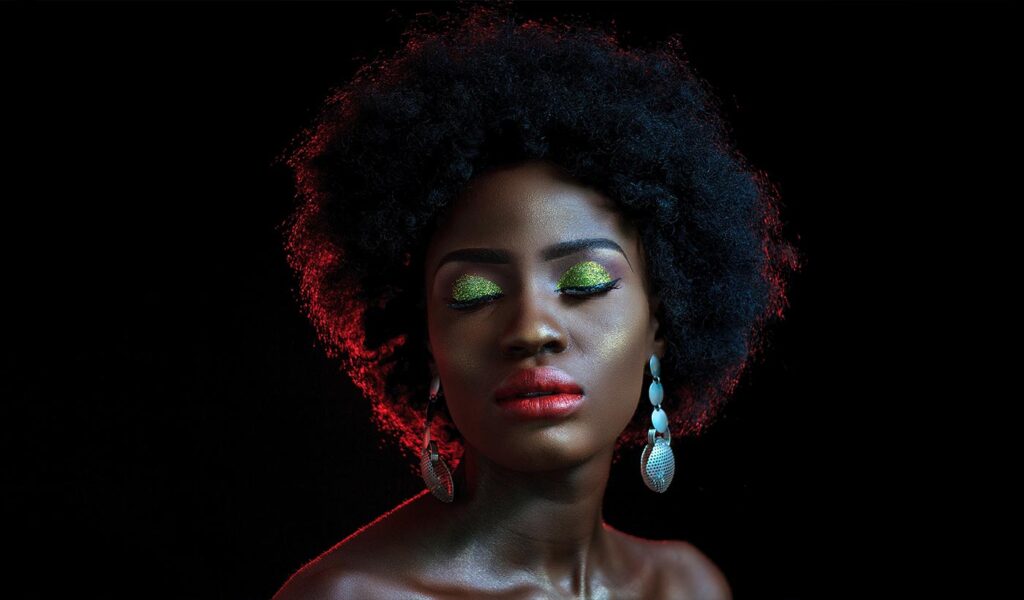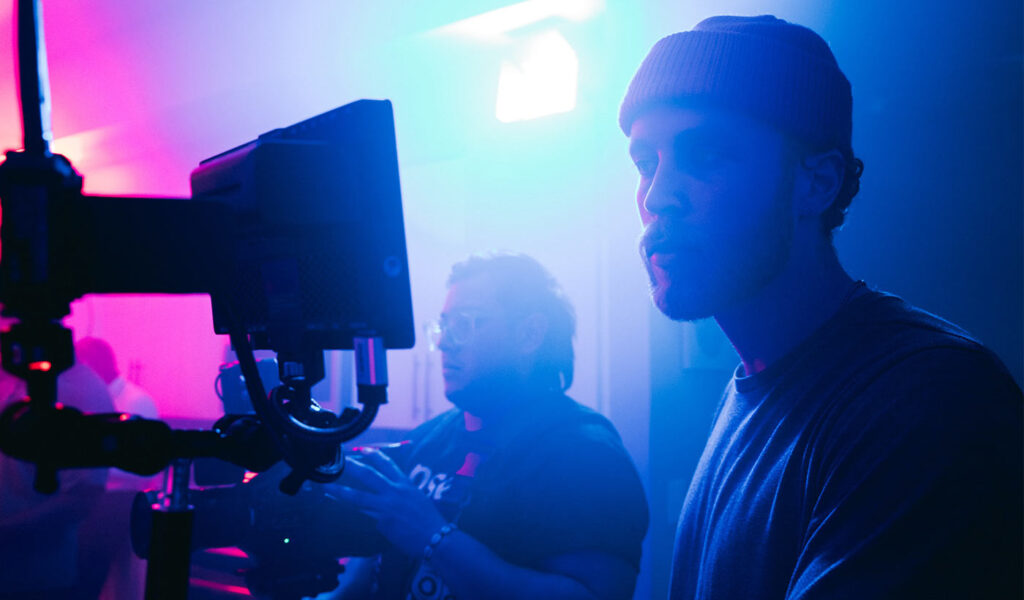Photographic Lighting Techniques
They say the best light is the light you have with you. As photographers, this begins with natural light also known as available light. In other words, what light is there naturally. The sun, streetlights, interior lights, or any other light source one might encounter while on assignment or just having fun. But at times, natural light won’t provide what a photographer needs, and at this point, we have to broaden our range, our equipment, and our understanding of light itself. Warm vs. cold lighting, directional vs. broad lighting, natural vs. supplemental lighting. Let’s investigate several flavors of photographic lighting technique and some helpful tips and tricks to help you take better pictures.
Soft light vs. hard light
Soft lighting is a type of lighting technique with few hard shadows. Typically, soft light is balanced and the gradient between the light and shadow is smooth and even. Soft light will often leave no shadows on a subject’s face. Hard light is a focused, more intense lighting technique that casts hard shadows and a more severe gradient from light to dark.
High key vs. low key
High key lighting reduces the ratio between the light and dark areas of an image, which shows less contrast between the darker and lighter tones. Low key lighting increases the contrast while keeping the majority of the image in shadow.
Natural vs. flash
Natural lighting is technique that involves taking advantage of what light exists naturally in a scene. Most often, this light is provided by the sun through harsh direct light, soft reflected light (also known as open shade), or even window light. Flash (also known as strobe) is light produced and controlled by a strobe or flash device. Professional photographers will often utilize a combination of natural light and flash.

Color temperature
Color temperature is the temperature of an ideal black-body radiator that radiates light of a color comparable to that of the light source. Most often it is measured in kelvins (K). Temperatures over 5000K are often referred to as “cool colors” while temperatures in the 2700-3000K range are referred to as “warm colors.”
Split lighting
Split lighting is a technique utilized to create drama to a portrait. Split lighting is where half of the subject’s face is lit while the other half remains in shadow. The light is evenly divided over the image.
Butterfly lighting
Butterfly lighting is a lighting pattern most often used for studio portraiture. This technique is considered both flattering and glamorous and uses soft lighting that forms a butterfly pattern under the nose of the subject. This can also be referred to as “Paramount Lighting,” which references the classic Hollywood style of lighting.

Loop lighting
Loop lighting is considered one of the basic but essential lighting techniques when it comes to portraiture. Loop lighting creates a shadow that loops down and under the subject’s nose, neck, and chin to help to define the bone structure.
Rembrandt lighting
Rembrandt lighting is a classic studio portraiture technique that utilizes one or two lights and a reflector to create a natural looking image with minimal equipment. One trace of Rembrandt lighting is a triangular-shaped shadow below the eye opposite the light source.
Short lighting
Short lighting is a technique where the subject is lit from the side of the face furthest from the light source. The portion of the face that is most brightly lit is “shorter” than if the light were positioned on the side of the face closest to the camera.

Broad lighting
Broad lighting is a pattern where the portion of the subject’s head that is turned toward the camera is lit most brightly. This refers to the “broad” side of the face which is wider than the “short” side of the face or the side that is turned away from the camera.
If these lighting tips and techniques sound complicated or confusing, don’t worry. Understanding lighting techniques is a photography skill that takes time and practice. Just know that utilizing and understanding natural lighting is a great way to begin and doesn’t cost anything extra. When the time comes to invest in strobes or additional lighting, know that you don’t need to spend a fortune. Even a low budget strobe or speedlight can do wonders for adding additional light and expanding your photographic range.
Ready to publish your own work? Check out our professional services to get started!

